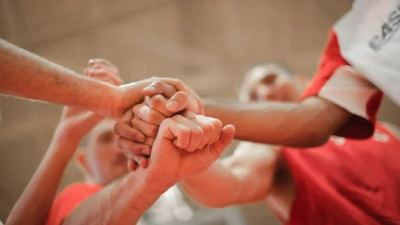The best crime an architect of our starting place can commit in th Traditional Newari Architecture is century is to peer our traditional structure as most effective the facade and try and breed it to the functional necessities of a challenge
Nepal is undoubtedly wealthy in architecture. Although geographically, culturally and economically influenced by using the southern plains and the rugged mountains within the north for greater than one thousand years, we are able to nevertheless boast that we have our personal unique identification.
All the past rulers, from the early Kirats to the Lichhavis and Mallas, tailored to the indigenous language, tradition and traditions of the Kathmandu Valley. Each duration made its personal specific contribution to the valley’s artwork, subculture and architecture. This progressive drift of innovation in structure introduced glory to the city that we will see aplenty today.
Our ancestors lived a existence that changed into self-sustainable, living off the land and constructing from the land as well, dwelling collectively round the numerous bahals and bahils, and sharing expertise and skills with each other. Looking at our conventional Newari architecture and imagining the existence that surrounded it, what we research is that it manifested out of the sheer necessity of the time it become built in. It changed into the maximum cutting-edge structure of those instances.
The houses lived and breathed together with the inhabitants. The structure changed into flawlessly proportioned to their needs: 3-3 and a half-storied discern, it basked inside the sun in the ones open courtyards and breathed the air that handed via the ones slim alleys. The “sha- jhya” (window) saved an eye on the youngsters gambling in the ones courtyards. When we take a look at the development of structure in the valley, we see it constantly innovating and experimenting with distinctive materials and patterns.
Although the materials that make up a building are the tangible elements of structure, we recognize that architecture is lots greater than these factors. When we look back and surely query the basics of our artwork and structure, the real essence of our identification and foundation reveals itself. The beauty lies no longer only in the wooden and bricks used, and in their proportion, as an alternative the actual beauty lies with the time it became constructed in for the kind of lifestyles it became built for. The intangible components of architecture are the shadow created with the aid of the existence of a pillar, the front yard and backyard, created by means of the life of a building, and a courtyard created by way of an arrangement of homes.
Even now, nothing beats a well-conserved temple or a house that stood the check of time. When we cross inside them, we can even smell the past in the wet dust plastered ground and its smell in the air.
There is not any doubt that those homes need to be conserved so that we are able to stay rooted in our beyond and no longer forget about in which we came from. But, are we able to say the same about homes that are impersonating to be one among them? We can see examples of them everywhere in the valley. The area of a unmarried traditional building offers delivery to some of towering RCC systems, with 8’- 10’ of frontage.
Each sibling varies in peak, both because of government rules or self-guided interests, and attempts to outdo the alternative with conventional factors plastered onto the façade. In some instances, even concrete home windows are painted brown.
A naive visitor walks at the streets with a DSLR hung round his neck, oblivious to these happenings, errors these homes for a traditional one instead. Will he choose the palaces and these houses in a single breath?
In a race to perceive ourselves with our ancestors, we had been losing the grip on our identity of this time. We see this misrepresentation in many parts of the valley, from
private residential buildings to huge government projects.
How did this happen? Where are we proper now architecturally? Can a 21st century Nepali architect take a look at the valley proper now and be pleased with belonging right here? When became it the closing time that we made a constructing that we as architects may be proud of? How did the Nepali cutting-edge architectural revolution of the 70s and 80s convey us to where we’re proper now? The spirit of creation in structure is dying, and we architects want to resurrect it from its grave. Otherwise, misrepresentation is all we can have left to showcase in the close to future.
Rather than represent the materials, we need to constitute the spirit of our ancestors. Like artwork, music and another innovative subject, architecture ought to be modern as nicely. Of direction, while we see a portray that became painted a thousand years in the past, we’re mesmerised by using it. But, if each artist nowadays attempts to copy the identical portray, will it nevertheless have cost?
While living inside the gift moment, we do now not should conceal behind our ancestors and try to sell our designs across. The air we breathe, our life has fee; and the instances we stay in needs to have its personal expression to be able to stay on thru the generations. When destiny generations look back presently, the homes want to have the essence of this time as well. They need to recognize that we did the great we could, and the homes had been constructed on this time the use of the strategies and opportunities of this time.
So, the greatest crime an architect of our origin can dedicate in this century is to peer our traditional architecture as most effective the facade and try to breed it to the practical requirements of a venture, like a selectively bred farm animal. By doing that, the spirit of our traditional architecture will handiest be abused, not appreciated.





